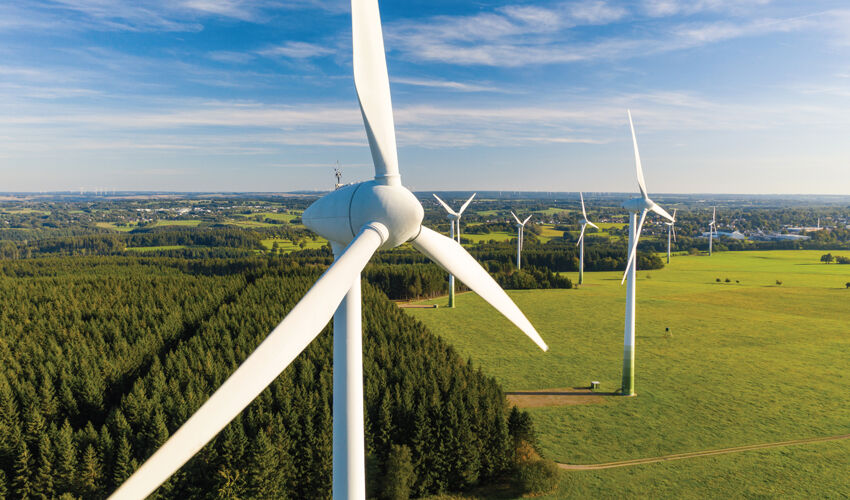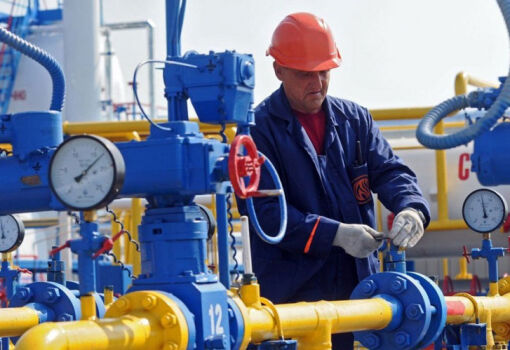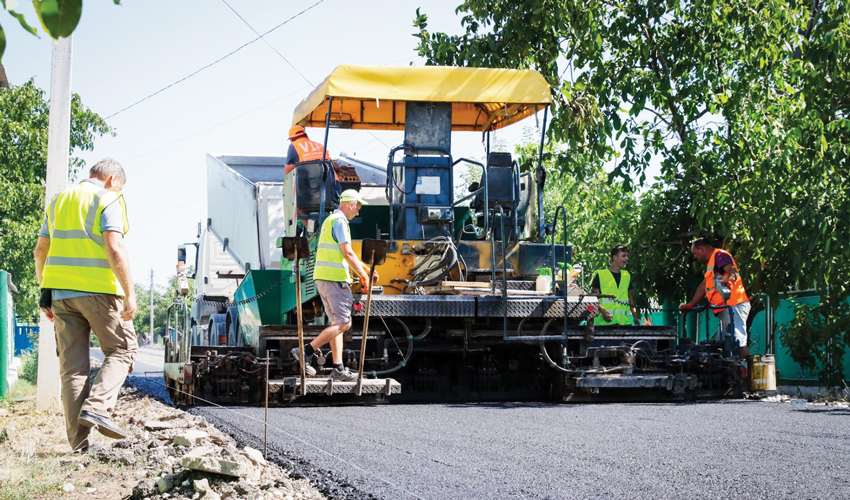
US President Donald Trump summed up politicians’ speeches against wind in 2020: ‘It’s very expensive. It kills all the birds. It’s very intermittent.” But while none of these claims are completely unfounded, they are all greatly exaggerated. As for cost, according to the International Energy Agency, wind farms in areas with sustained strong coastal winds provide the lowest cost of electricity generation – lower than even fossil fuels. And while wind power is intermittent, it is most stable in winter, making it a useful complement to solar power, which is strongest in summer.
As for birds, many may well be killed by collisions with wind turbine blades – an estimated 250,000 a year in the US. However, if Trump and others, such as Germany’s far-right Alternative für Deutschland party, are truly concerned about birds, they should be terrified of power lines, which are estimated to kill 12-64 million birds in the US every year. And they should also be truly horrified by high-rise buildings, which kill 988 million birds each year, and stray domestic cats, which kill up to 4 billion.
The local residents’ displeasure seems more justified: a 350-foot tower with massive turbine blades could well be a real nuisance to those who live nearby. But even if wind farms must be located a certain distance from communities, as is the case in many countries, opposition from local residents often remains strong: they cite noise and decreased local property values. Some dismiss these complaints as reflecting a self-centered NIMBY (“not in my backyard”) mentality, pointing out, for example, that wind projects are particularly often opposed by high-income residents. But such accusations do not help resolve the fundamental conflict between the demands of local property owners and the collective interest in expanding the supply of renewable energy.
Instead, projects are often delayed by protracted (and expensive) litigation, which can drag on for years while they go through various courts and await costly technical and environmental reviews. According to one U.S. study, public opposition delays wind projects by an average of 14 months. In many cases, obtaining a construction permit takes years – as long as nine in some EU member states.
In 2023, the EU established guidelines to speed up the approval of renewable energy projects. But the real change in this area has been the categorization of such projects as being in the “highest public interest.” By changing the basis for adjudication, this classification reduces litigation and increases the likelihood of approvals. However, expedited approvals can be a Pyrrhic victory if local residents feel cheated or bulldozed.
Ultimately, litigation is an inefficient and potentially polarizing way to resolve the conflicting interests of local communities and the general public. A quicker, cheaper (in the long run) and less divisive approach, which is already being used in Germany, would be to compensate local landowners or homeowners for the inconvenience caused by a new wind farm, for example by giving them discounted energy or a share of the profits.
Legend has it that in the late 18th century, King Frederick II of Prussia was disturbed by the noise of a windmill near his palace in Sanssouci and demanded that it be removed. But the miller, Johann Wilhelm Grevenitz, refused, threatening to appeal to the Supreme Court in Berlin. The monarch gave in, in what was seen as a triumph of the rule of law.
But that’s not really what happened. According to the historical record, Grevenitz complained that the newly built palace was preventing the wind from reaching his windmill and asked the king for compensation. Frederick II agreed, approved and financed the construction of a new mill in the area. Thus, the real lesson of the historic mill at Sanssouci is not that the courts should resolve every clash of interest, but that fair compensation can lead to agreement.
If Europe wants more windfall, it should heed this lesson. Expedited permitting and public interest testing can remove legal barriers to wind capacity expansion. But the best way to ensure strong support from local communities may be to offer them immediate and tangible benefits, not just lofty promises of climate benefits.
Daniel Gros,
Director of the European Policy Institute at Bocconi University.
© Project Syndicate, 2025.
www.project-syndicate.org













